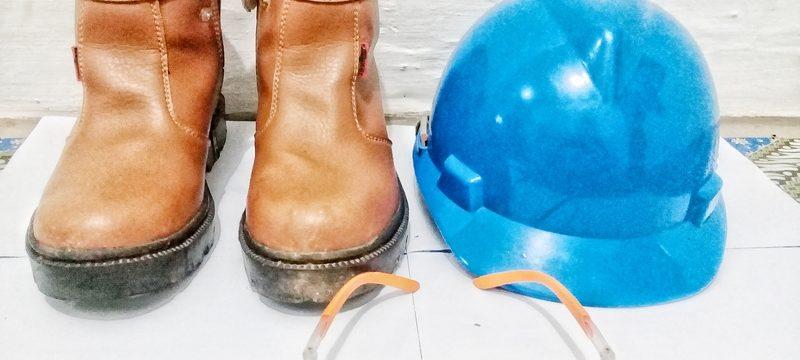Do You Have the Proper Personal Protective Equipment?
Loud noises, falling objects, harsh chemicals, and slippery surfaces. These are just some hazards that U.S. workers face on a daily basis. The ideal situation would be to eliminate these obstacles, but when that isn’t feasible, employers attempt to prevent workplace injuries with personal protective equipment.
What is Personal Protective Equipment (PPE)?
According to the Occupational Safety and Health Administration (OSHA), personal protective equipment is a device used or worn by employees to protect them from dangers in the workplace. PPE devices are designed to prevent injury or illness from physical, chemical, mechanical, and other workplace hazards.
There are five main types of PPE: respiratory protection, eye protection, hearing protection, hand protection, and foot protection. An employee may need anywhere between one to all five of these, depending on the nature of their work. Some of the most common PPEs include gloves, respirators, hard hats, safety goggles, earplugs, steel-toed shoes, and fall-prevention harnesses.
OSHA Employer Requirements
OSHA requires employers to assess the workplace to determine if there are present or possible hazards that would necessitate personal protective equipment. If such hazards exist, these employers must provide their employees with PPEs as well as instructions on when and how to properly use the safety equipment. More specifically, under OSHA regulations, employers must:
- Select and provide the appropriate PPE for each affected employee
- Communicate any decisions or company policies regarding the PPE devices and usage
- Instruct the employee on when the PPE is necessary and how to properly wear or use the gear
- Instruct the employee on how to maintain, store, and safely dispose of the PPE
- Explain any limitations of the PPE device(s)
- Instruct employees on how to determine whether the PPE gear is no longer effective
- Explain the process for replacing any ineffective PPE
- Re-train employees when new or updated safety devices are introduced
In addition to training employees on the proper use of PPEs, under OSHA regulations, the employers must provide these devices at no cost to the employers. In other words, employees facing potential workplace hazards should not be paying for their own safety equipment.
Personal Protective Equipment and Workers’ Compensation
An employee’s health and safety are most important while on the job. Under OSHA regulations, your workplace should not put you at risk of serious harm. Employers should take the necessary steps to identify any present or potential workplace hazards, and properly train and equip employees on how to safely navigate those hazards.
Any employee who experiences a work illness or injury because of hazardous workplace situations may be entitled to workers’ compensation benefits. If the employer fails to provide the proper personal protective equipment, and an employee is injured or becomes sick as a result of the missing PPE, he or she may also file a workers’ compensation claim.
If you have been injured or developed an illness on the job and need help with your workers’ compensation case, contact The Law Offices of Laura Lanzisera. Our team can explain Georgia’s workers’ compensation system and the benefits available for your injury or disability. Contact our office today for a free consultation.
